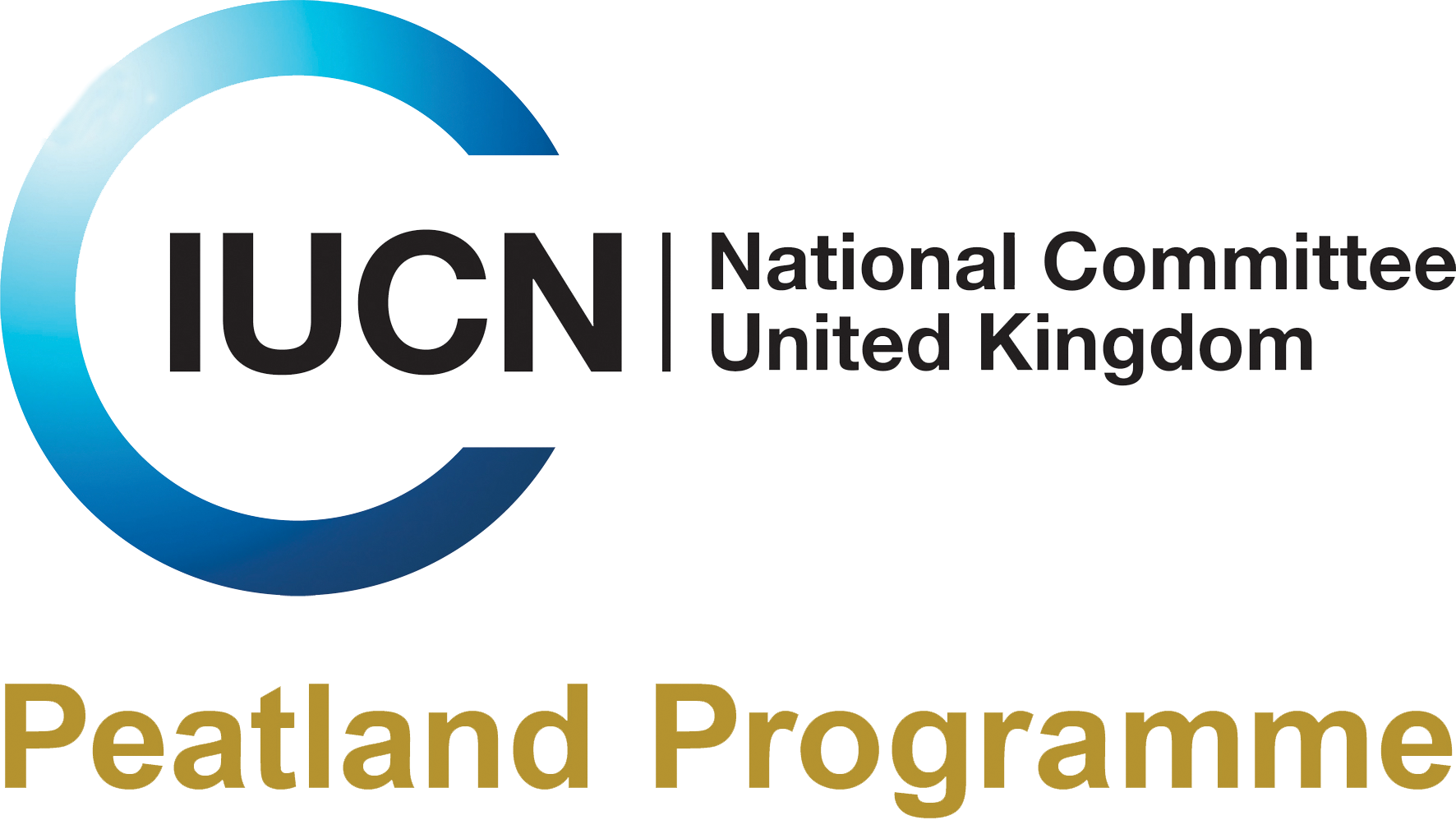Search
Search
Eyes on the Bog monitoring at the Water Works project
A new set of monitoring equipment has been installed at the Water Works project site in East Anglia, by our Eyes on the Bog Champion, Jack Clough of the University of East London.
200 Projects for the Peatland Code
The IUCN UK Peatland Progamme have today marked a landmark milestone for projects registering for the Peatland Code.
WaterLANDS: New European Green Deal project launched to lead largescale restoration of European wetlands
An ambitious project has been launched to tackle largescale restoration of Europe’s wetlands, with €23 million of funding from the EU Horizon 2020 Programme Green Deal.
An update on the Peatland Code
The Peatland Code continues to grow rapidly with 79 projects now registered and 10,300 ha of expected peatland restoration.
My project
Craig gives up his time volunteering in the Bluebell Community Garden. Transforming the garden into a positive space for local people to enjoy, Craig has felt himself become relaxed and happier,…
Peatland Code Registering a Project
Wet agriculture - a tool in the climate action toolbox
With the urgent need to reduce our carbon emissions wherever possible, complimenting traditional agriculture on drained peatlands with wet farming techniques could help reduce greenhouse gases…
Upland flushes, fens and swamps
100 Project Milestone for the Peatland Code
The IUCN UK Peatland Progamme have today marked a landmark milestone for projects registering for the Peatland Code.
Working Towards a Peat Data Standard
The England Peat Map project is mapping the extent, depth and condition of England’s peat. The Data Exchange Standard for Peat Surveys has now been issued, and Natural England continue to welcome…
Peatland Code update - December 2021
The Peatland Code now has 48 Projects registered with a total of almost 8000 ha of peatland restoration. Find out more and watch presentation delivered at the Scottish Forum on National Capital…
